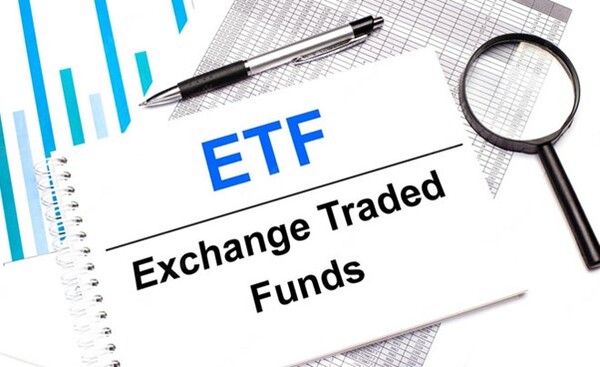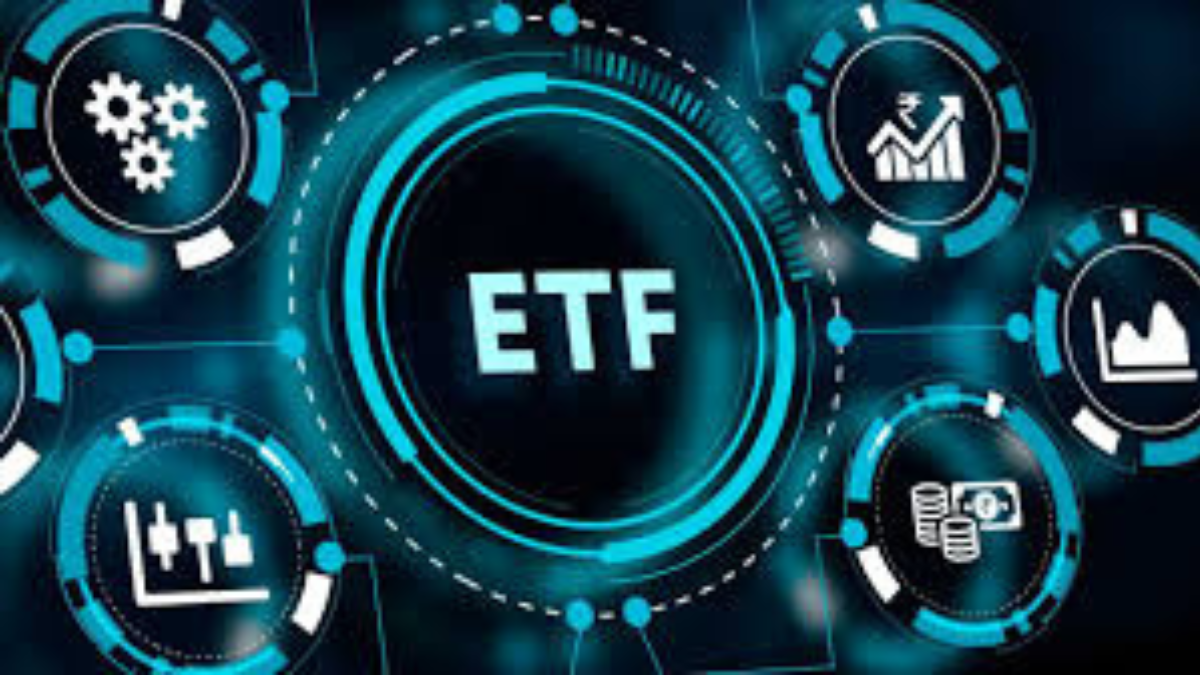Increased Volatility in Won Currency Drives Interest in Currency-Hedged ETFs

The recent surge in volatility of the won currency against the U.S. dollar, which has swiftly transitioned from the upper to lower 1,300s, is creating ripples across the exchange-traded fund (ETF) market. As the won currency fluctuates, currency-hedged ETFs, which are designed to shield investments from exchange rate risks, have seen a notable increase in returns, while currency-exposed ETFs have experienced a decline.
According to Koscom’s ETF Check on September 1, as of August 30, the top-performing ETFs among the 38 funds tracking the S&P 500 and NASDAQ 100 indices were all currency-hedged. These ETFs are specifically structured to mitigate the impact of won currency volatility by stabilizing the exchange rate of the underlying foreign assets.
For example, the “TIGER SYNTH-S&P500 Leverage(H)” ETF led with a monthly return of 4.44 percent as of August 30. Following closely were “RISE US S&P 500(H)” with a 2.45 percent return, “KODEX US NASDAQ100 Leverage (SYNTH H)” at 2.41 percent, and “KODEX US S&P500(H)” at 2.38 percent. In contrast, most currency-exposed ETFs saw their returns drop by approximately 1 percent, reflecting the recent decline in the won currency’s value. Unlike currency-hedged ETFs, currency-exposed ETFs are directly affected by exchange rate changes, benefiting from a rising won currency but suffering when it falls, as seen in recent trends.
As volatility in the won currency persists, savvy investors are increasingly turning to currency-hedged ETFs. Expectations of further U.S. interest rate cuts have fueled anticipation of a continued decline in the won currency-U.S. dollar exchange rate. This has led to a substantial inflow of capital into these funds, with the currency-hedged KODEX US S&P500(H) ETF alone attracting 35.9 billion won (approximately $26.8 million) in August. This influx represents over one-third of the total 95.4 billion won that has flowed into the fund this year.
However, investors should be cautious when considering long-term investments in currency-hedged ETFs. While they offer protection against won currency fluctuations, these funds come with higher costs. The need to invest in futures to maintain a fixed exchange rate incurs additional expenses for managing securities firms, which are passed on to investors. Over time, these higher costs can erode returns, making it more challenging to achieve desired outcomes.
Interest in currency-hedged ETFs is expected to remain strong as the U.S. Federal Reserve is likely to implement at least one more rate cut after the September FOMC meeting. However, investors must carefully weigh the benefits against the costs, especially if the won currency begins to appreciate. As a securities industry insider noted, “Investing in currency-hedged products can be a strategic move during periods of high volatility in the won currency, but investors should be aware that returns may be lower compared to currency-exposed products if the won currency strengthens.”
In summary, while currency-hedged ETFs provide a valuable hedge against the ongoing volatility in the won currency, careful consideration of costs and market conditions is essential for maximizing returns. Monitoring the movements of the won currency will be crucial for making informed investment decisions in this dynamic environment.
